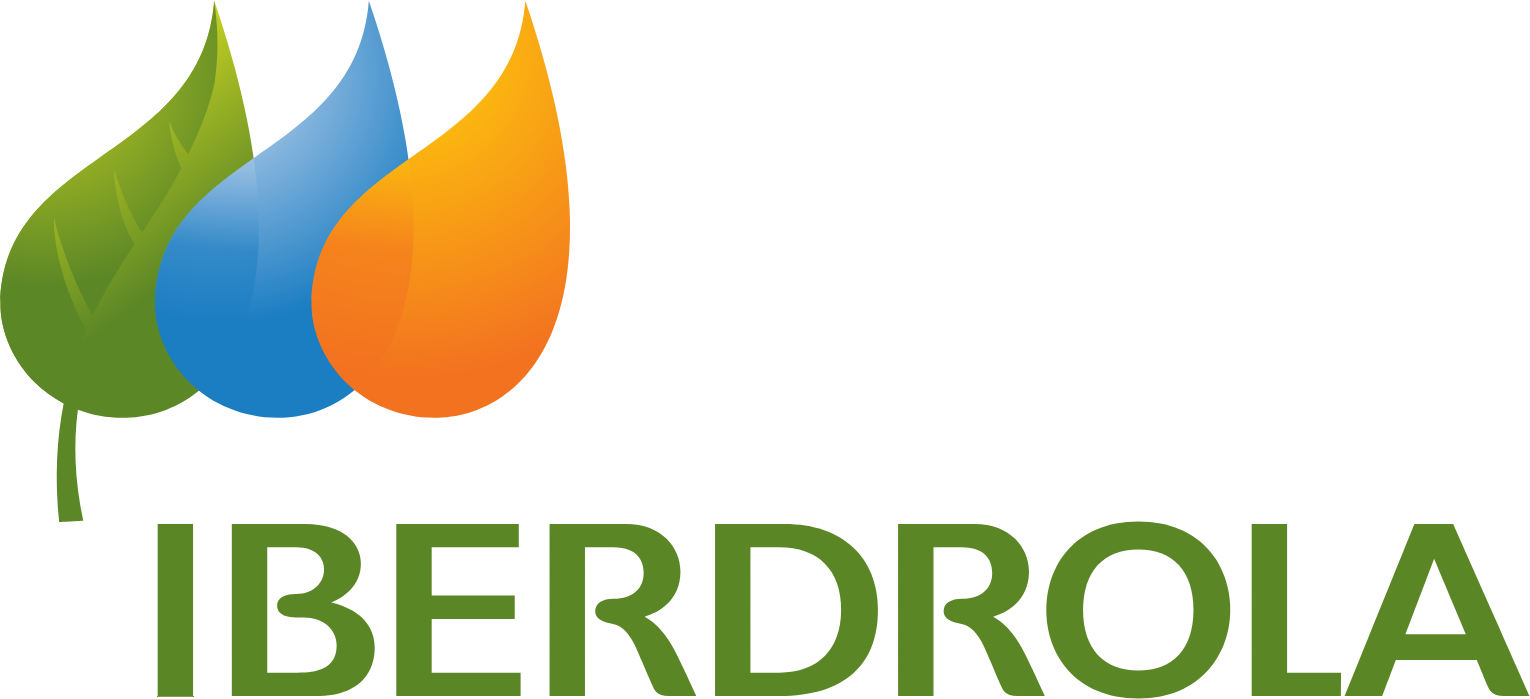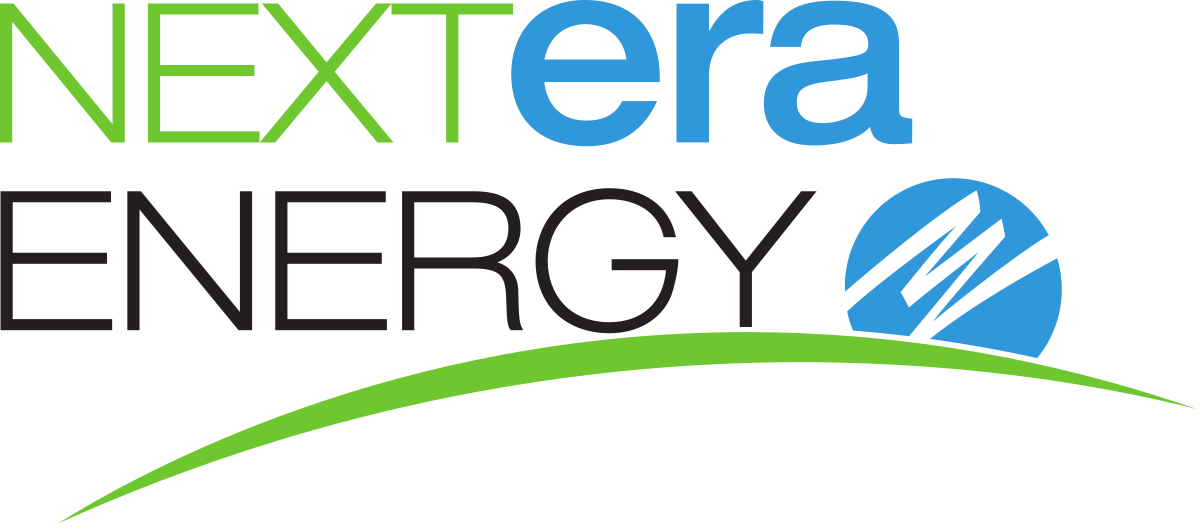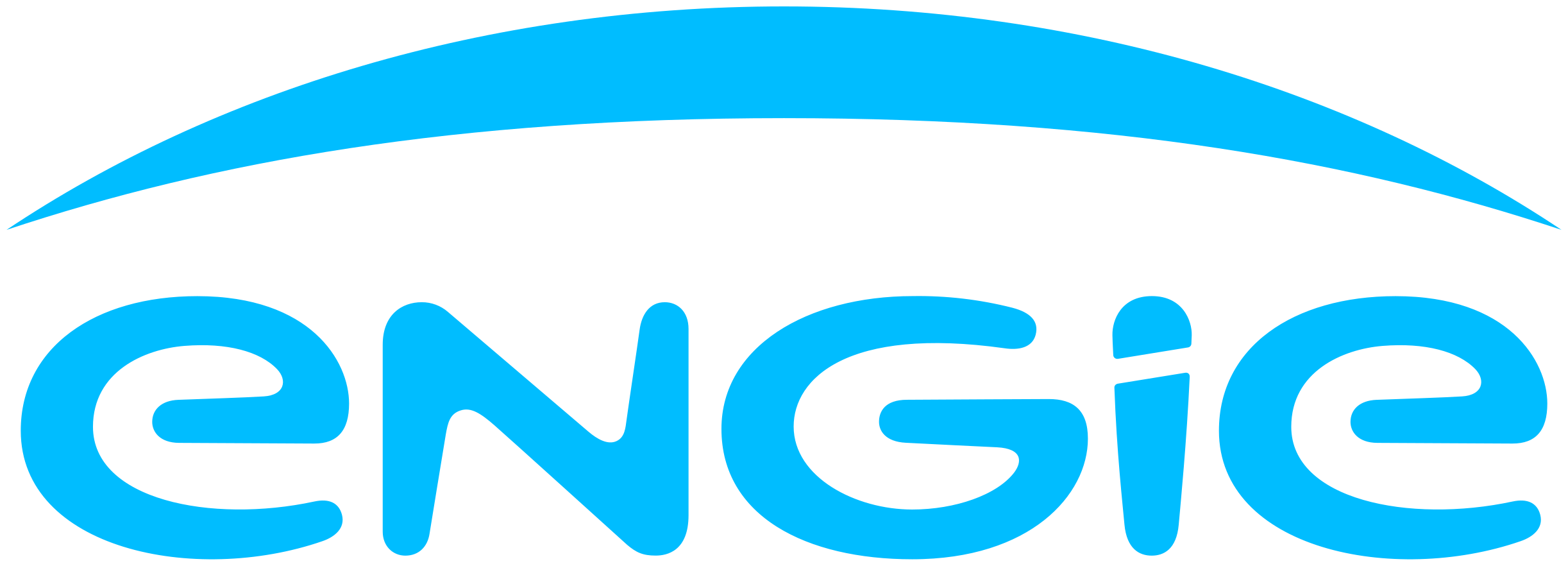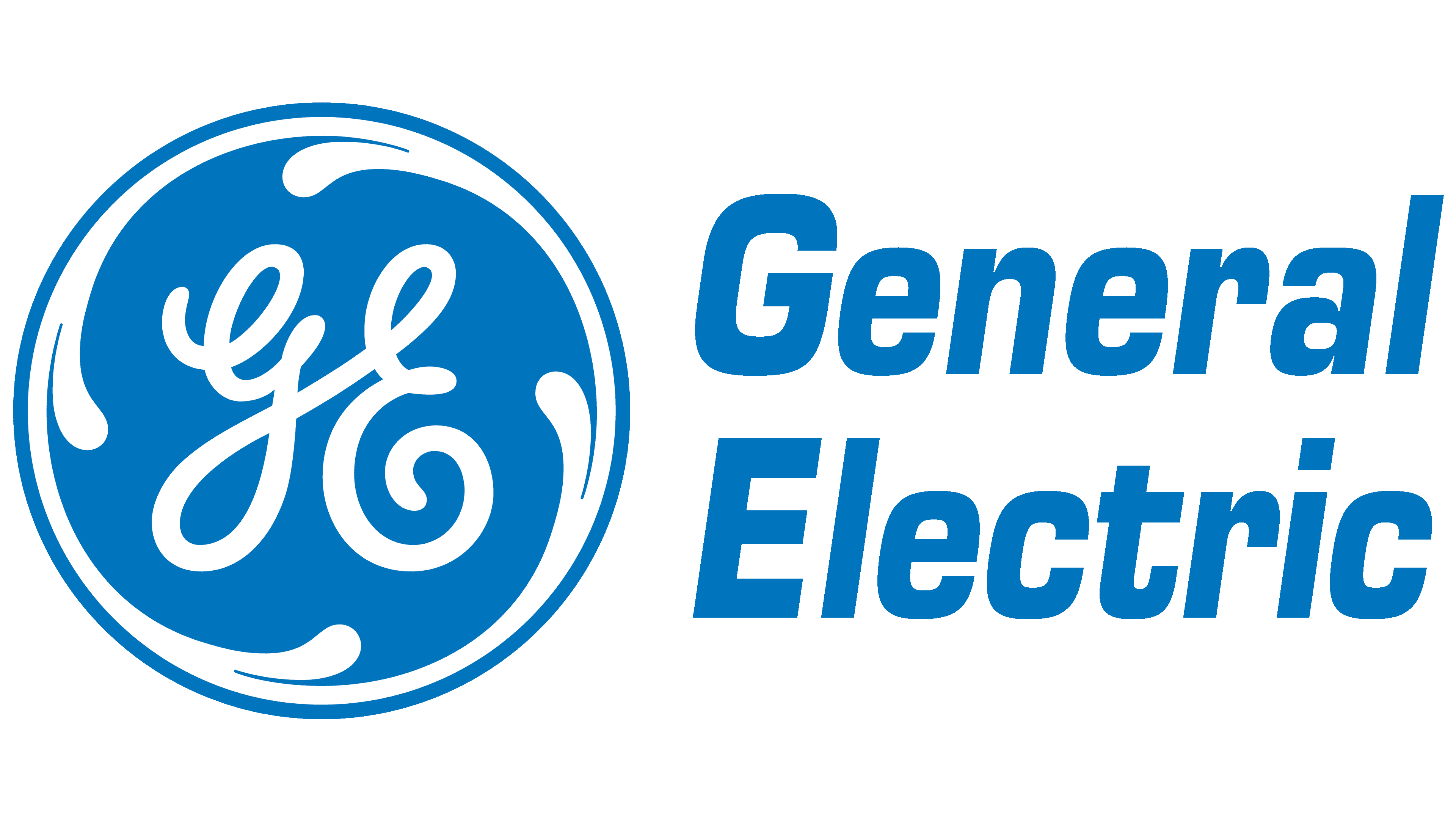Global Solar Tracker for Power Generation Market: By Type, By Movement, By technology, By Application, By Mounting Type, By Scale Type, By Region & Segmental Insights Trends and Forecast, 2024 – 2034
- Industry: Energy & Power
- Report ID: TNR-110-1133
- Number of Pages: 420
- Table/Charts : Yes
- June, 2024
- Base Year : 2024
- No. of Companies : 10+
- No. of Countries : 29
- Views : 10146
- Covid Impact Covered: Yes
- War Impact Covered: Yes
- Formats : PDF, Excel, PPT
Solar trackers for power generation are pivotal in maximizing the efficiency and output of solar energy systems. By dynamically adjusting the orientation of solar panels to follow the sun’s path, these devices can increase energy capture by 15-30% compared to fixed-tilt systems. This efficiency boost is essential for utility-scale solar projects and large commercial installations aiming to optimize their return on investment.
The demand for solar trackers in power generation is escalating due to their ability to significantly enhance the efficiency of solar energy systems. Solar trackers, which adjust the orientation of solar panels to follow the sun’s movement, can boost energy capture by 15-30% compared to fixed-tilt systems. This increased efficiency is crucial for maximizing energy output and improving the return on investment for both utility-scale and commercial solar projects. Key demand drivers include government incentives and policies favouring renewable energy adoption, which lower the financial barriers for implementing advanced solar technologies.
Additionally, the global push towards reducing carbon emissions and achieving sustainability targets propels the need for more efficient solar power solutions. Technological advancements have also reduced the costs and improved the reliability of solar trackers, making them more accessible. As the energy market continues to evolve with a focus on green energy, the adoption of solar trackers is set to rise, driven by the need for higher efficiency and sustainable power generation.
In terms of revenue, the global solar tracker for power generation market was worth US$ 34.9 Bn in 2023, anticipated to witness CAGR of 24.2% during 2024 – 2034.
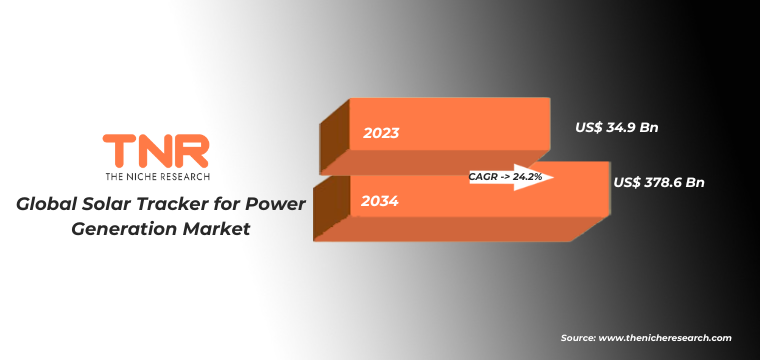
Global Solar Tracker for Power Generation Market Dynamics
Increasing Solar Installations: The surge in solar power installations globally, propelled by the need for clean and renewable energy, significantly boosts the demand for solar trackers. Continuous improvements in solar tracker technology, enhancing efficiency and reliability while reducing costs, are major factors contributing to market growth.

Government Policies and Incentives: Various governments are implementing supportive policies, tax credits, and subsidies to promote renewable energy, thereby driving the adoption of solar trackers. The growing global energy demand, coupled with the push for sustainable energy sources, fuels the adoption of solar trackers in large-scale solar projects.
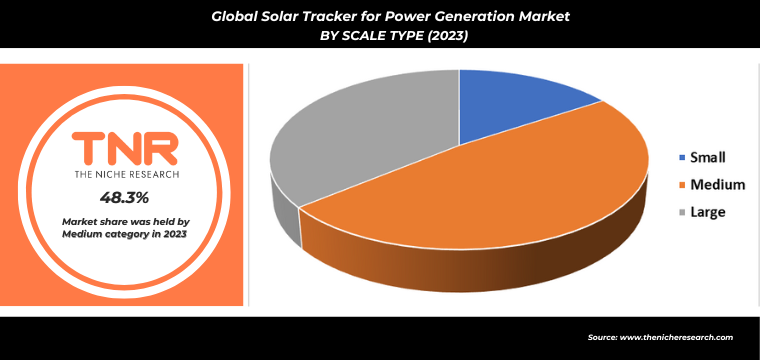
High Initial Costs: The significant upfront investment required for solar tracker systems can be a barrier, particularly in developing regions with limited financial resources. The mechanical and electrical complexity of solar trackers can lead to higher maintenance requirements and operational challenges, potentially deterring adoption.

Emerging Markets: Rapid industrialization and urbanization in emerging markets present vast opportunities for solar tracker deployment, driven by the need for sustainable energy solutions. The integration of solar trackers with other renewable energy sources, such as wind or storage systems, offers potential for optimized energy solutions and increased market penetration. Innovations such as artificial intelligence and IoT in solar tracker systems can enhance performance, reduce maintenance costs, and open new market opportunities.
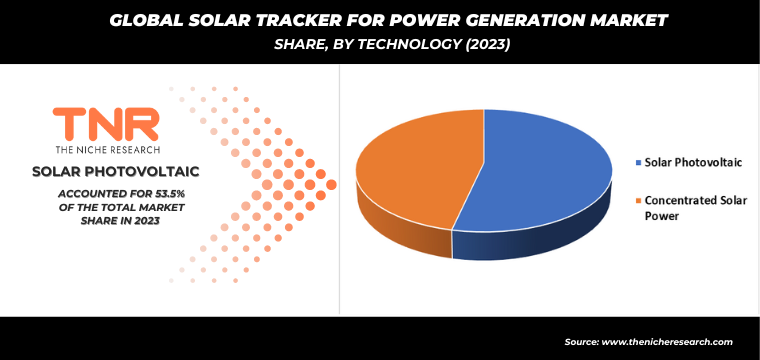
Single Axis Segment Has Garnered Major Market Share in the Global Solar Tracker for Power Generation Market During the Forecast Period (2024 – 2034).
Single-axis solar trackers, which rotate solar panels along a single plane to follow the sun’s path, are in high demand for power generation due to their efficiency and cost-effectiveness. These trackers typically increase energy output by 10-20% compared to fixed-tilt systems, making them a compelling choice for both utility-scale and commercial solar installations. The primary demand driver for single-axis solar trackers is the continuous push for higher efficiency and lower costs in solar energy production.
As solar energy becomes more competitive with traditional energy sources, the need to maximize output from each installation is critical. Government incentives and renewable energy targets further stimulate adoption, as do advancements in tracker technology that improve durability and reduce maintenance costs. Additionally, the growing awareness of climate change and the shift towards sustainable energy sources underscore the importance of optimizing solar power generation, solidifying single-axis trackers as a key component in modern solar projects.

By Application Utility Scale Projects Segment had the Highest Share in the Global Solar Tracker for Power Generation Market in 2023.
Utility-scale solar projects are increasingly incorporating solar trackers to enhance power generation efficiency, driving substantial demand in this segment. Solar trackers, which adjust the positioning of solar panels to follow the sun’s trajectory, can boost energy output by 15-30% compared to fixed-tilt systems. This significant performance advantage is crucial for large-scale installations aiming to maximize energy production and return on investment. Key demand drivers include favorable governmental policies and incentives supporting renewable energy initiatives, such as tax credits and grants.
Additionally, the declining cost of solar trackers and related technologies makes them more accessible and economically viable for large projects. The push for greener energy sources by utilities to meet regulatory requirements and corporate sustainability goals further fuels this demand. Moreover, the increasing frequency of extreme weather events highlights the need for resilient and reliable energy systems, positioning solar trackers as an essential component in the evolution of utility-scale solar power generation.
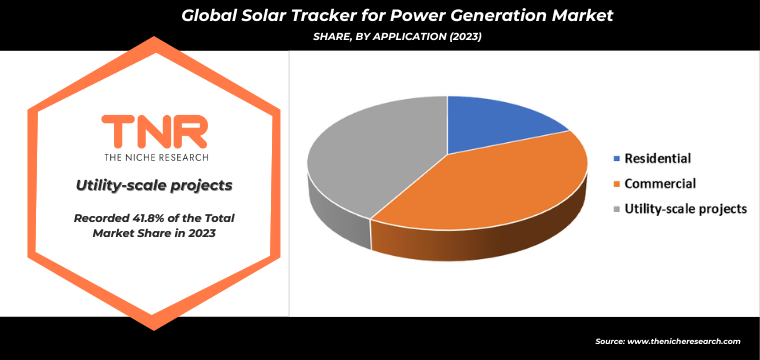
By Region, North America Dominated the Global Solar Tracker for Power Generation Market in 2023.
The demand for solar trackers in North America is experiencing robust growth, driven by the increasing adoption of solar power for sustainable energy generation. Solar trackers, which optimize the alignment of solar panels with the sun’s movement, significantly enhance the efficiency and output of solar installations. This technology is particularly appealing in a region with varying solar irradiance levels, as it maximizes energy capture throughout the day and across seasons. Several factors propel this demand. Government incentives and policies favouring renewable energy, coupled with declining costs of solar technologies, are pivotal.
Additionally, the push for decarbonization by industries and utilities is a strong driver. As businesses and homeowners seek to reduce their carbon footprints and energy costs, the superior performance and economic benefits of solar trackers make them an attractive investment. The growing emphasis on energy independence and resilience also underscores the importance of solar trackers in achieving a sustainable energy future for North America.

Competitive Landscape: Global Solar Tracker for Power Generation Market:
- Abengoa
- Arctech Solar Holding Co., Ltd
- Array Technologies, Inc.
- DEGERenergie GmbH & Co. KG
- GameChange Solar
- IDEEMATEC
- Mahindra Susten Pvt. Ltd.
- NEXTracker Inc
- Powerway Renewable Energy Co. Ltd.
- Scorpius Trackers Pvt Ltd
- Soltec Energias Renovables, S.L.
- SunPower Corporation
- Other Market Participants
Global Solar Tracker for Power Generation Market Scope
| Report Specifications | Details |
| Market Revenue in 2023 | US$ 34.9 Bn |
| Market Size Forecast by 2034 | US$ 378.6 Bn |
| Growth Rate (CAGR) | 24.2% |
| Historic Data | 2016 – 2022 |
| Base Year for Estimation | 2023 |
| Forecast Period | 2024 – 2034 |
| Report Inclusions | Market Size & Estimates, Market Dynamics, Competitive Scenario, Trends, Growth Factors, Market Determinants, Key Investment Segmentation, Product/Service/Solutions Benchmarking |
| Segments Covered | By Type, By Movement, By technology, By Application, By Mounting Type, By Scale Type, By Region |
| Regions Covered | North America, Europe, Asia Pacific, Middle East & Africa, Latin America |
| Countries Covered | U.S., Canada, Mexico, Rest of North America, France, The UK, Spain, Germany, Italy, Nordic Countries (Denmark, Finland, Iceland, Sweden, Norway), Benelux Union (Belgium, The Netherlands, Luxembourg), Rest of Europe, China, Japan, India, New Zealand, Australia, South Korea, Southeast Asia (Indonesia, Thailand, Malaysia, Singapore, Rest of Southeast Asia), Rest of Asia Pacific, Saudi Arabia, UAE, Egypt, Kuwait, South Africa, Rest of Middle East & Africa, Brazil, Argentina, Rest of Latin America |
| Key Players | Abengoa, Arctech Solar Holding Co., Ltd, Array Technologies, Inc., DEGERenergie GmbH & Co. KG, GameChange Solar, IDEEMATEC, Mahindra Susten Pvt. Ltd., NEXTracker Inc, Powerway Renewable Energy Co. Ltd., Scorpius Trackers Pvt Ltd, Soltec Energias Renovables, S.L., SunPower Corporation |
| Customization Scope | Customization allows for the inclusion/modification of content pertaining to geographical regions, countries, and specific market segments. |
| Pricing & Procurement Options | Explore purchase options tailored to your specific research requirements |
| Contact Details | Consult With Our Expert
Japan (Toll-Free): +81 663-386-8111 South Korea (Toll-Free): +82-808- 703-126 Saudi Arabia (Toll-Free): +966 800-850-1643 United Kingdom: +44 753-710-5080 United States: +1 302-232-5106 E-mail: askanexpert@thenicheresearch.com
|
Global Solar Tracker for Power Generation Market
By Type
- Active Tracking Devices
- Passive Tracking Devices
- Open Loop Trackers
- Timed Trackers
- Altitude / Azimuth Trackers
By Movement
- Single-axis
- Dual-axis
By Technology
- Solar Photovoltaic
- Concentrated Solar Power
By Application
- Residential
- Commercial
- Utility-scale projects
By Mounting Type
- Ground Mounted
- Roof Mounted
By Scale Type
- Small
- Medium
- Large
By Region
- North America (U.S., Canada, Mexico, Rest of North America)
- Europe (France, The UK, Spain, Germany, Italy, Nordic Countries (Denmark, Finland, Iceland, Sweden, Norway), Benelux Union (Belgium, The Netherlands, Luxembourg), Rest of Europe)
- Asia Pacific (China, Japan, India, New Zealand, Australia, South Korea, Southeast Asia (Indonesia, Thailand, Malaysia, Singapore, Rest of Southeast Asia), Rest of Asia Pacific)
- Middle East & Africa (Saudi Arabia, UAE, Egypt, Kuwait, South Africa, Rest of Middle East & Africa)
- Latin America (Brazil, Argentina, Rest of Latin America)
Report Layout:
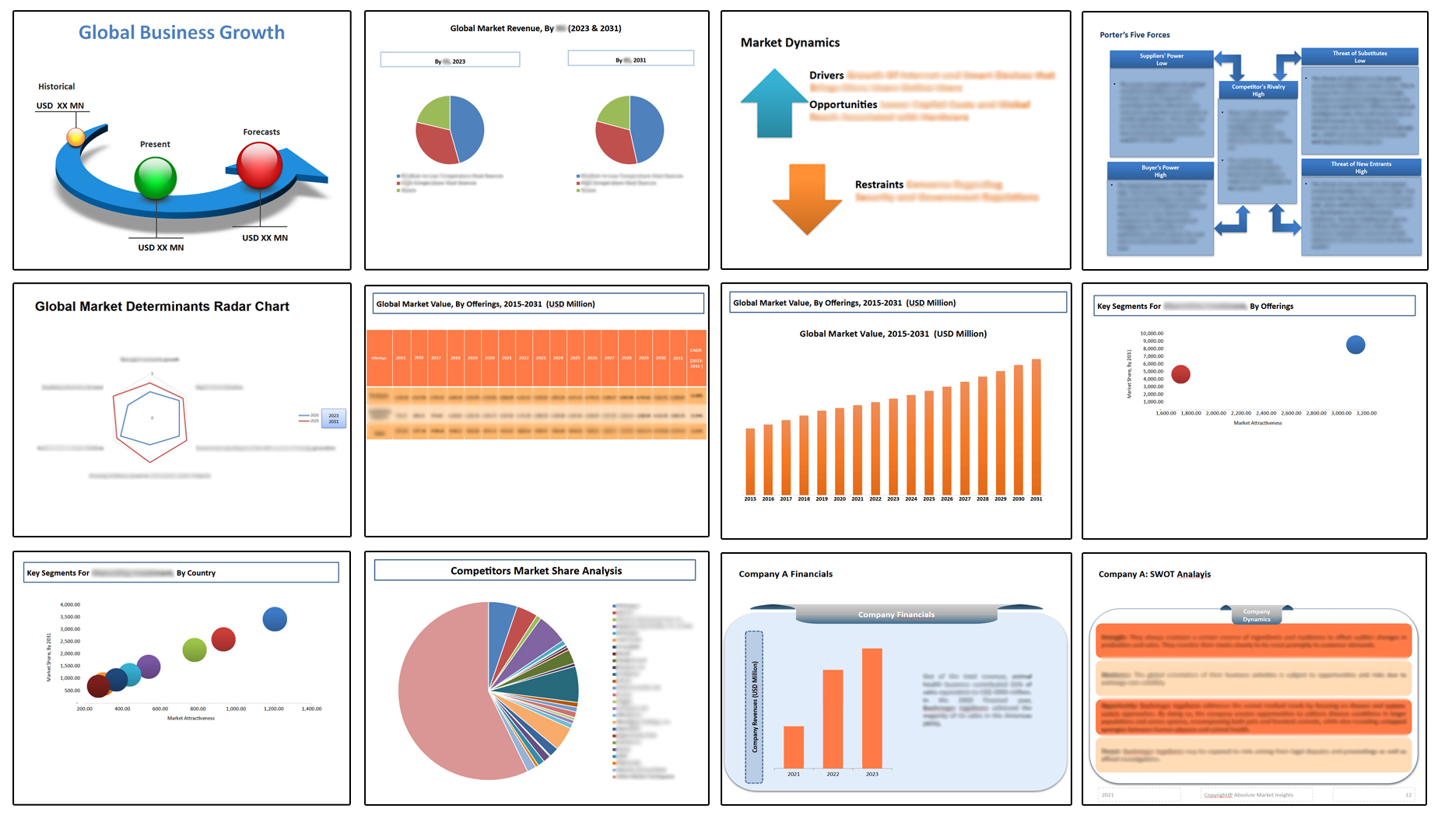
Table of Contents
Note: This ToC is tentative and can be changed according to the research study conducted during the course of report completion.
**Exclusive for Multi-User and Enterprise User.
Global Solar Tracker for Power Generation Market
By Type
- Active Tracking Devices
- Passive Tracking Devices
- Open Loop Trackers
- Timed Trackers
- Altitude / Azimuth Trackers
By Movement
- Single-axis
- Dual-axis
By Technology
- Solar Photovoltaic
- Concentrated Solar Power
By Application
- Residential
- Commercial
- Utility-scale projects
By Mounting Type
- Ground Mounted
- Roof Mounted
By Scale Type
- Small
- Medium
- Large
By Region
- North America (U.S., Canada, Mexico, Rest of North America)
- Europe (France, The UK, Spain, Germany, Italy, Nordic Countries (Denmark, Finland, Iceland, Sweden, Norway), Benelux Union (Belgium, The Netherlands, Luxembourg), Rest of Europe)
- Asia Pacific (China, Japan, India, New Zealand, Australia, South Korea, Southeast Asia (Indonesia, Thailand, Malaysia, Singapore, Rest of Southeast Asia), Rest of Asia Pacific)
- Middle East & Africa (Saudi Arabia, UAE, Egypt, Kuwait, South Africa, Rest of Middle East & Africa)
- Latin America (Brazil, Argentina, Rest of Latin America)
The Niche Research approach encompasses both primary and secondary research methods to provide comprehensive insights. While primary research is the cornerstone of our studies, we also incorporate secondary research sources such as company annual reports, premium industry databases, press releases, industry journals, and white papers.
Within our primary research, we actively engage with various industry stakeholders, conducting paid interviews and surveys. Our meticulous analysis extends to every market participant in major countries, allowing us to thoroughly examine their portfolios, calculate market shares, and segment revenues.
Our data collection primarily focuses on individual countries within our research scope, enabling us to estimate regional market sizes. Typically, we employ a bottom-up approach, meticulously tracking trends in different countries. We analyze growth drivers, constraints, technological innovations, and opportunities for each country, ultimately arriving at regional figures.Our process begins by examining the growth prospects of each country. Building upon these insights, we project growth and trends for the entire region. Finally, we utilize our proprietary model to refine estimations and forecasts.
Our data validation standards are integral to ensuring the reliability and accuracy of our research findings. Here’s a breakdown of our data validation processes and the stakeholders we engage with during our primary research:
- Supply Side Analysis: We initiate a supply side analysis by directly contacting market participants, through telephonic interviews and questionnaires containing both open-ended and close-ended questions. We gather information on their portfolios, segment revenues, developments, and growth strategies.
- Demand Side Analysis: To gain insights into adoption trends and consumer preferences, we reach out to target customers and users (non-vendors). This information forms a vital part of the qualitative analysis section of our reports, covering market dynamics, adoption trends, consumer behavior, spending patterns, and other related aspects.
- Consultant Insights: We tap into the expertise of our partner consultants from around the world to obtain their unique viewpoints and perspectives. Their insights contribute to a well-rounded understanding of the markets under investigation.
- In-House Validation: To ensure data accuracy and reliability, we conduct cross-validation of data points and information through our in-house team of consultants and utilize advanced data modeling tools for thorough verification.
The forecasts we provide are based on a comprehensive assessment of various factors, including:
- Market Trends and Past Performance (Last Five Years): We accurately analyze market trends and performance data from preceding five years to identify historical patterns and understand the market’s evolution.
- Historical Performance and Growth of Market Participants: We assess the historical performance and growth trajectories of key market participants. This analysis provides insights into the competitive landscape and individual company strategies.
- Market Determinants Impact Analysis (Next Eight Years): We conduct a rigorous analysis of the factors that are projected to influence the market over the next eight years. This includes assessing both internal and external determinants that can shape market dynamics.
- Drivers and Challenges for the Forecast Period:Identify the factors expected to drive market growth during the forecast period, as well as the challenges that the industry may face. This analysis aids in deriving an accurate growth rate projection.
- New Acquisitions, Collaborations, or Partnerships: We keep a close watch on any new acquisitions, collaborations, or partnerships within the industry. These developments can have a significant impact on market dynamics and competitiveness.
- Macro and Micro Factors Analysis:A thorough examination of both macro-level factors (e.g., economic trends, regulatory changes) and micro-level factors (e.g., technological advancements, consumer preferences) that may influence the market during the forecast period.
- End-User Sentiment Analysis: To understand the market from the end-user perspective, we conduct sentiment analysis. This involves assessing the sentiment, preferences, and feedback of the end-users, which can provide valuable insights into market trends.
- Perspective of Primary Participants: Insights gathered directly from primary research participants play a crucial role in shaping our forecasts. Their perspectives and experiences provide valuable qualitative data.
- Year-on-Year Growth Trend: We utilize a year-on-year growth trend based on historical market growth and expected future trends. This helps in formulating our growth projections, aligning them with the market’s historical performance.
Research process adopted by TNR involves multiple stages, including data collection, validation, quality checks, and presentation. It’s crucial that the data and information we provide add value to your existing market understanding and expertise. We have also established partnerships with business consulting, research, and survey organizations across regions and globally to collaborate on regional analysis and data validation, ensuring the highest level of accuracy and reliability in our reports.
